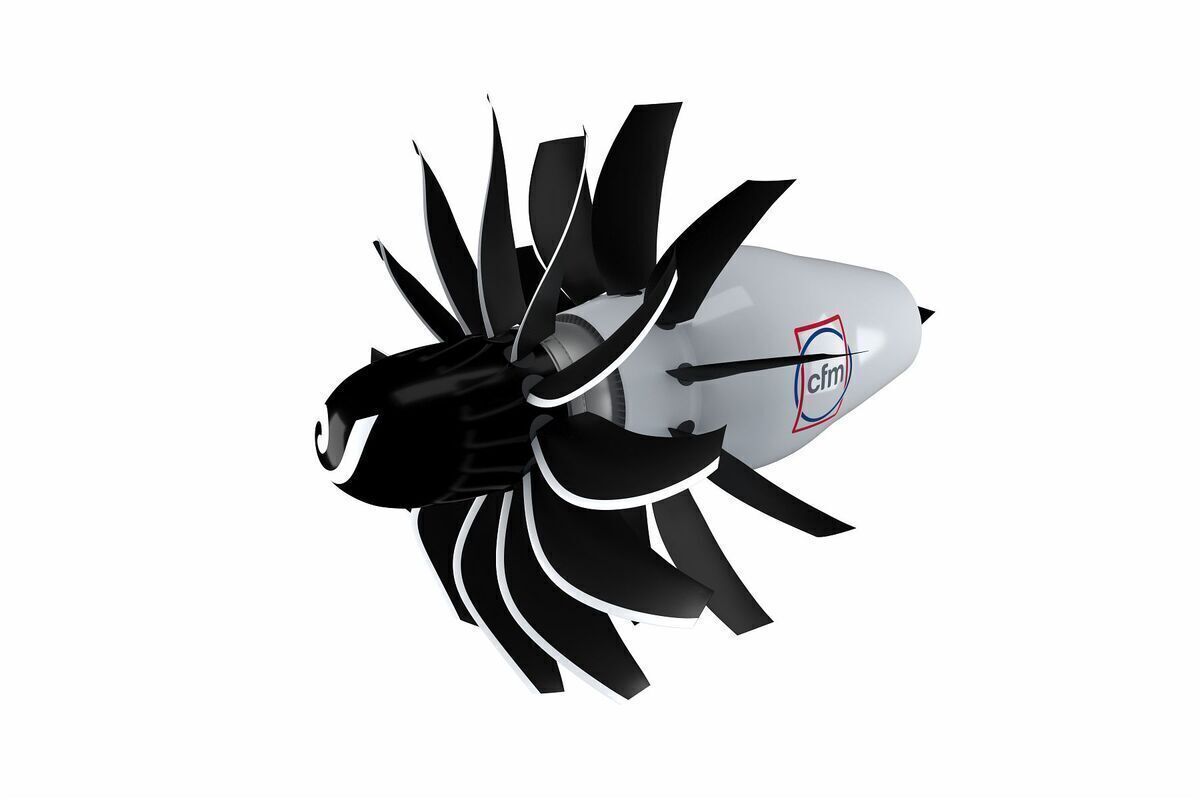wemay
Site Donor 2023
Simple Flying: The Future? This Open Fan Engine Can Cut Flight Emissions By 20%.

 simpleflying.com
simpleflying.com


Those aft blades are stators.That is a interesting engine. Not many details in the article though. I’ve heard of marine azipod propulsion that uses two propellers that are counter rotating. I wonder if that same principle is being used here?
I worked for an airline that flew all Douglas legacy aircraft, on one trip to Long Beach I saw bits and pieces of that engine including some fan blades. Here's another video of the UDF which was intended to culminate in the MD-94 and associated variants:


At 90-120 passenger miles per gallon, the modern airliner is hardly a fuel guzzling jet.It will be so funny when aircraft go back to what they were before the fuel guzzling jets.
I ran across this gem of an article that addresses interior noise. Quite a remarkable piece actually, I never knew about the UHB-270.What was the noise in the cabin really like as compared to a jet? As measured in decibels?
You only get exterior views in the surviving test videos of the 80s.

